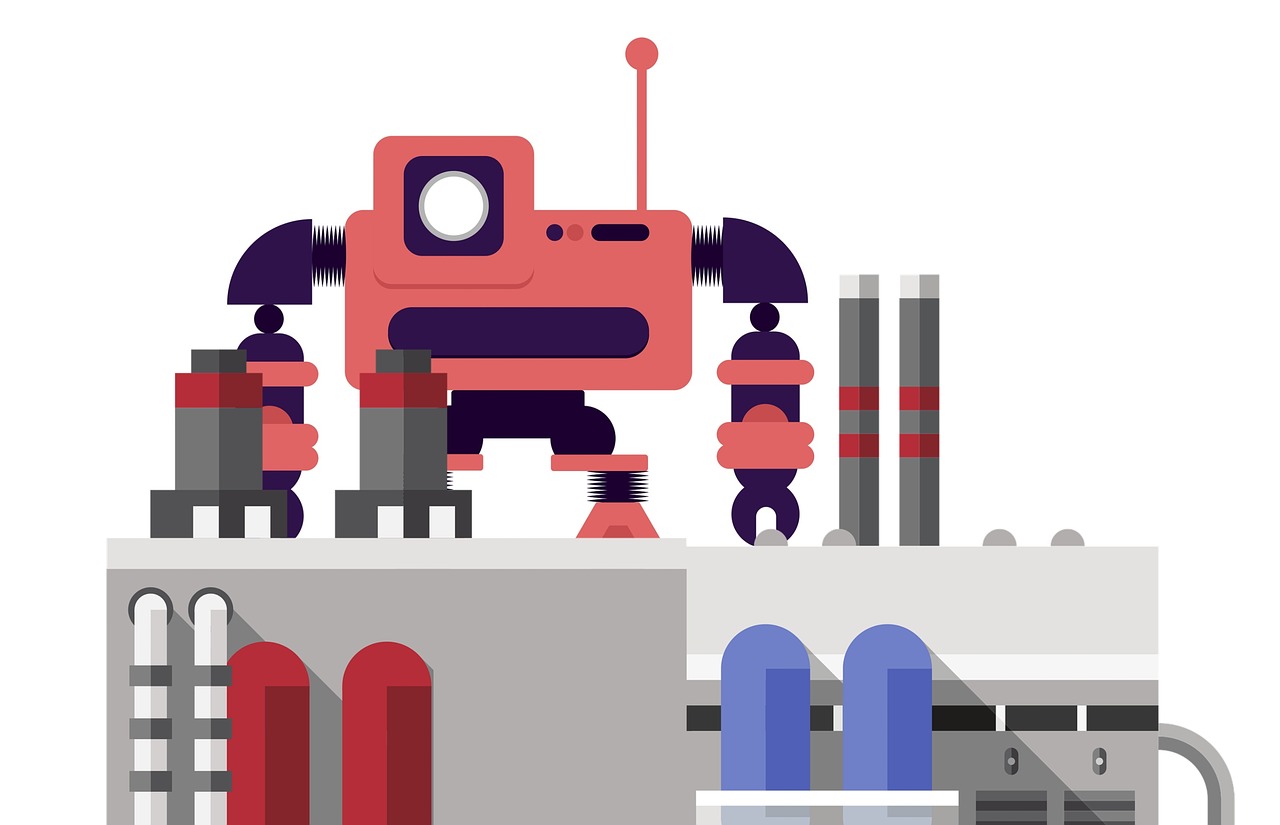
20 Mar THE FUTURE OF CHEMICAL ENGINEERING AND PRODUCTION
The chemical production and distribution industry is currently being rocked by growing demand for sustainable and eco-friendly practices, the rapid advancement of digital technologies, and the need for continuous innovation. As the global economy shifts towards a greener and more circular model, chemical producers must adapt to remain competitive and meet the evolving needs of their customers. What future trends in the future of chemical engineering, distribution, and production should you be keeping in mind, and which steps can companies take to thrive in this dynamic landscape? We’re glad you asked!
Right out of the gate, environmental concerns, coupled with increasingly stringent regulations, are pushing the chemical industry towards adopting more sustainable and circular production methods. Chemical producers must focus on reducing their carbon footprint, minimizing waste, and optimizing resource utilization to stay competitive and maintain their social license to operate. Key strategies for achieving this include:
- Developing and using bio-based feedstocks: By replacing fossil-based raw materials with bio-based alternatives, chemical producers can reduce their carbon emissions and dependency on non-renewable resources.
- Implementing energy-efficient processes: Investing in energy-efficient technologies and process improvements can help minimize energy consumption and lower greenhouse gas emissions.
- Embracing the principles of circular economy: Companies can strive to create closed-loop systems that maximize resource efficiency, minimize waste, and extend the life of products through recycling, reuse, and refurbishment.
In addition, the chemical engineering, distribution, and production industry is increasingly embracing digital technologies and Industry 4.0 principles to enhance efficiency, reduce costs, and improve overall performance. Key digitalization trends in the chemical industry include:
- Advanced data analytics and artificial intelligence (AI): Leveraging data analytics and AI can help chemical producers optimize their operations, enhance process control, and enable real-time decision-making.
- Internet of Things (IoT) and smart sensors: IoT devices and smart sensors can be used to monitor and control production processes, equipment performance, and energy consumption, enabling companies to identify inefficiencies and implement corrective actions.
- Robotics and automation: The integration of robotics and automation technologies can improve productivity, reduce labor costs, and enhance workplace safety.
- Digital twins and simulation: Creating digital replicas of physical assets and processes can help chemical producers optimize operations, predict equipment failures, and reduce downtime.
To remain competitive and meet the evolving needs of their customers, chemical producers must also now continuously invest in research and development (R&D) and embrace innovation. Some key areas of innovation in chemical engineering and production include:
- Advanced materials: Developing new materials with enhanced properties, such as improved strength, durability, or functionality, can help drive growth and open up new market opportunities.
- Green chemistry: Innovations in green chemistry, including the development of eco-friendly catalysts, solvents, and processes, can help reduce the environmental impact of chemical production.
- Process intensification: By embracing process intensification techniques, such as continuous flow manufacturing and microreactor technology, chemical producers can improve process efficiency, reduce waste, and lower energy consumption.



